If you’re thinking about bringing home a Labradoodle puppy, you’re probably wondering, “Do Labradoodles shed?” You’ve also probably heard the following promise from every Labradoodle breeder out there:
“Non-shedding AND hypoallergenic!”
But maybe you’re skeptical and still find yourself asking…
Table of Contents
- Seriously, Though: Do Labradoodles Shed?
- What Are The Chances Of A Labradoodle Shedding A LOT?
- See How a Ton of Labradoodle Parents Answered the Question of “Do Labradoodles Shed?”
- Dealing With Labradoodle Shedding
- Some Additional Steps You Can Take To Manage Your Allergic Reactions
- So, Are Labradoodles Hypoallergenic, Then?
- Do Labradoodles Shed A Lot And Are They Hypoallergenic? FAQs
- Do Labradoodles Shed & Are They Hypoallergenic? Final Thoughts
Seriously, Though: Do Labradoodles Shed?
Unfortunately, Labradoodles DO shed. A 100% non-shedding dog doesn’t exist on this planet, and yes – that includes Labradoodles. (Anyone who says otherwise is just trying to sell you something 😉)
The GOOD NEWS is that, while they do shed more than Poodles, Labradoodles tend to shed way less than your average dog. So, in that respect, they are considered low shedders, especially if they happen to have a wavy fleece or curly wool coat.
So to answer the question, “Do Labradoodles shed a lot?”… Well, that will depend highly on the generation of the Labradoodle (F1, F1B, F2, etc.).
But, before we get bogged down with all of that, let’s take a quick look at…
Why Dogs Shed
Like just about any living thing with fur or hair, dogs shed because it’s a natural part of fur/hair’s growth cycle.
Basically, there are four stages to the process:
- Anagen – when the fur/hair is actually growing
- Catagen – a transitional phase that signals the end of fur/hair growth
- Telogen – the resting period when the fur/hair isn’t growing
- Exogen – where the strands are released from their follicles and fall out
Now, as fur typically doesn’t grow as long as hair (and so spends less time in the actual growth stage of the cycle), it sheds more frequently. This effect is compounded by the fact that fur is far more dense, so there is simply more of it to be shed.
Many dogs, including the Labrador Retriever, actually have both hair and fur. They have a longer hair coat as the top layer and a shorter fur coat underneath. This latter layer helps with temperature regulation and provides protection from the elements, among other things.
Now, it’s the combination of these two coats that make these dogs such big shedders – especially around the changing of the seasons. However, the good news for Labradoodles owners is that Doodles don’t typically inherit double coats.
Yet, naturally, that doesn’t mean they won’t shed at all.
What Are The Chances Of A Labradoodle Shedding A LOT?
To understand how much any given Labradoodle will shed, you have to know a little bit about genetics. If you don’t, no worries; we’ll walk you through it.
In the breeding world, they talk about ‘Doodle generations’ (as F1 – first generation, F2 – second-generation…). The various ones of these are as follows:
| 1st Parent | 2nd Parent | % Labrador Retriever* | % Poodle* | |
| F1 Labradoodle (first-generation) | Labrador Retriever | Poodle | 50% | 50% |
| F1B Labradoodle (first-generation backcross) | F1 Labradoodle | Poodle | 25% | 75% |
| F1BB Labradoodle (first-generation backcross backcross) | F1B Labradoodle | Poodle | 12.5% | 87.5% |
| F2 Labradoodle (second-generation) | F1 Labradoodle | F1 Labradoodle | 50% | 50% |
| F2B Labradoodle (second-generation backcross) | F1 Labradoodle | F1B Labradoodle | 37.5% | 62.5% |
| F2B Labradoodle (alternate cross) | F2 Labradoodle | Poodle | 25% | 75% |
| F3 / Multigen Labradoodle | F1B Labradoodle or higher | F1B Labradoodle or higher | Varies | Varies |

F1 Labradoodles
Let’s say you have a first-generation (F1) Labradoodle whose parents are a purebred Labrador Retriever and a purebred standard Poodle. Since Labrador Retrievers are typically heavy shedders and Poodles are typically really light shedders, their offspring pups genetically/statistically will be “medium” shedders – i.e., in terms of F1 Labradoodle shedding, they will do it less than a Labrador Retriever but more than a Poodle.
What are the chances?
Take a look at the table below.
| F1 Labradoodle | Parent: Poodle – light shedding (pp) |
| Parent: Labrador Retriever – heavy shedding (LL) | ppLL |
What “ppLL” basically means is that the Labradoodle will have a 50% chance of heavy shedding and a 50% chance of light shedding. But since genetics are never black and white, most likely, the Labradoodle’s shedding levels will fall somewhere in between.
It really just depends on how its genes are expressed.
To understand this better, think of yourself and your siblings as an example. Your mom may have blonde hair, and your dad may have dark brown hair. Yet, you may have light brown hair, while your sister got mom’s blonde hair and your brother got dad’s dark brown hair.
Genetics are never black and white.
F1B Labradoodles
Now, if you have a first-generation backcross (F1B) Labradoodle whose parents are an F1 Labradoodle and a Poodle (making the F1B pup 25% Labrador Retriever and 75% Poodle), there’s a much higher chance that the F1B pup will be a light shedder. This is because he has more genes from the Poodle side.
Unlike the table for F1 Labradoodles, this one for F1B Labradoodles has three variables from the “parent: F1 Labradoodle” side: one for heavy shedding, one for light shedding, and one for medium shedding.
| F1B Labradoodle | Parent: Poodle – light shedding (pp) |
| Parent: F1 Labradoodle – heavy shedding (LL) | ppLL |
| Parent: F1 Labradoodle – medium shedding (Ll) (most likely) | ppLl |
| Parent: F1 Labradoodle – light shedding (ll) | ppll |
What are the chances?
So, do F1B Labradoodles shed… much? Well, if a heavy shedding F1 Labradoodle is bred with a light shedding Poodle, in theory, the offspring (F1B Labradoodle) will have a 50% chance of heavy shedding and a 50% chance of light shedding (ppLL).
If a light-shedding F1 Labradoodle is bred with a light-shedding Poodle, in theory, the offspring (F1B Labradoodle) will have a 100% chance of light shedding (ppll).
If a medium-shedding F1 Labradoodle is bred with a light-shedding Poodle, in theory, the offspring (F1B Labradoodle) will have a 75% chance of light shedding (ppLl). This is the most likely scenario.
See How a Ton of Labradoodle Parents Answered the Question of “Do Labradoodles Shed?”
As part of our ongoing Doodle Characteristics Survey, a ton of Labradoodle parents rated their pup’s amount of shedding. Survey participants evaluated their Labradoodle’s Amount of Shedding from Poor (a lot of shedding) to Excellent (no shedding).
Most people reported Excellent.
Not knowing whether an individual Labradoodle puppy will shed a little or a lot is simply an issue of mixed-breed dogs – they can take on the characteristics of either parent to any degree, and there’s no real way to control how they physically turn out.
So if you’re here because you want to bring a Labradoodle into the family but don’t want to risk it shedding a ton, we suggest looking for an F1B Labradoodle whose parents are an F1 Labradoodle and a Poodle. Keep in mind, though, that an F1B Labradoodle will look more like a Poodle and less like a Lab.
Dealing With Labradoodle Shedding
In any case, Labradoodle shedding is definitely manageable. If you find your nose a little too runny or clothes a little too hairy, it’s a great idea to start practicing good grooming on your Labradoodle. You should settle for nothing less than daily brushing.
Some quick Labradoodle shedding prevention grooming tips include:
Settling for nothing less than daily brushing. This is especially important if your Dood has either a curly wool coat that is prone to tangles or a straight, silky one that is more likely to shed. In this way, you can gather up and dispose of as many of those pesky hairs as possible in one fell swoop so that they aren’t left to drop all over your floor. Use a slicker brush to eliminate loose hairs, dirt, and dander, as well as to prevent matting.
Being sure not to over-bathe your pet. More than a couple of times a month, and you’ll be doing more harm than good. The reason for this if your pup’s skin produces protective oils that keep their coat in good condition (and thus reduce shedding). Each time you wash them, you are stripping away these oils, drying out their skin and exacerbating the problem. However, less frequent bathing is great for washing dead hair and dander right down the drain. Use a shed-control shampoo for extra hydration action. We recommend these ones for Labradoodles.
Booking them in for a trim. Regular haircuts are also the key to shed control success. These are pretty essential for most Doods and especially for Labradoodles because often if you leave it, their coat will just grow and grow! While some owners hand this job over to the professionals for convenience, others like to take on the task themselves. If this is you, but you’re not quite sure where to start, check out our handy Labradoodle grooming guide, complete with video tutorials!
Some quick Labradoodle shedding prevention grooming tips include:
- Use a slicker brush frequently to eliminate loose hairs, dirt, and dander, as well as to prevent matting.
- Use a shed control shampoo when you bathe him. We recommend these ones for Labradoodles.
- Make sure your Labradoodle gets haircuts often.
Some Additional Steps You Can Take To Manage Your Allergic Reactions
Thorough and Regular House Cleaning
Even with all that grooming effort, some hairs are bound to slip through the net and find a comfortable spot on your couch or gather in the corner of rooms. For this reason, you will likely need to ramp up the housecleaning a little to keep this in check. Vacuuming, dusting, sweeping, and mopping will help with floors and hard surfaces. Wiping down your furniture with a damp cloth will help collect any loose hairs and dander from there.
If you are limited in terms of time, you may consider restricting your Labradoodle to certain, easy to clean areas of the house. You can do this with dog gates. Just make sure you’re not keeping your pooch confined to too small a space unless they also have easy access to a nice big yard. For airborne particles, a High-Efficiency Particulate Air (HEPA) filter can remove as much as 99.97% of dust, pollen, mold, and bacteria with a size of 0.3 microns. You’ll really notice the difference with one of these.
Pick the Right Kind of Food
Another excellent way to keep your four-legged friend’s coat and skin healthy enough to reduce the amount of shed occurring is with their diet. As a breed, Poodles tend to be extra sensitive to certain foods. This can manifest itself through dry, flaky skin that itches like crazy. You can imagine the result of this in terms of hair loss. If this seems to be an issue with your pup, check their kibble for any ingredients that could be causing these intolerances (chicken is a common culprit – as are various fillers) and switch it out for something else.
Otherwise, the problem might be that the food you are feeding your pooch doesn’t contain enough of the necessary nutrients needed to keep their hair in tip-top condition. Protein is vital to any dog’s diet and should be the number one ingredient of anything you are feeding them. Alongside this, they need a balanced mix of fats, carbohydrates, vitamins, and minerals. These are the foods that we like for Labradoodles, based on owner reviews and recommendations. They are all expertly developed for optimal canine health.
If you can’t find any obvious issues with your pup’s diet, they may just need a little more of certain nutrients than other dogs. Omega fatty acids are great, and fish-based formulas naturally tend to contain more of this than different kinds. The next time you’re out shopping, pick up one of these and see if it does any good. Alternatively, you might consider adding certain supplements to your pup’s diet. However, you should consult your vet before doing this to ensure that it will do what you need it to do and won’t harm them in any way.
Make Use of Medications
Dog hair loss tends to occur in cycles. You’ll often find that whether your pal is a big shedder or not, it will increase at certain times of the year (namely at the turn of seasons that hail temperature changes). This is only natural. A dog’s coat protects them from the elements, and as such, it responds to changes in their environment. This will be far less noticeable with a single-layered hair coat than with a double-layered fur coat. The latter favors more wintery conditions, and the dog would overheat if the dense undercoat didn’t thin with increasing temperatures.
Either way, there really isn’t much you can do during these heavy shed times. Keep on top of the grooming, washing, housecleaning, and everything else. However, you may well have to turn to nasal sprays and medicines such as antihistamines and bronchodilators at this time to help keep your symptoms in check. Luckily though, it shouldn’t last all that long, especially if you tend to keep your pet’s coat nicely short anyway.
So, Are Labradoodles Hypoallergenic, Then?
Typically, people associate the shedding of fur with triggering allergies. In actuality, animal allergies are triggered by dander, which is just a fancy term for dead skin particles.
For anything to be considered hypoallergenic, it must be relatively unlikely to trigger an allergic reaction. BUT, since Labradoodles don’t shed that much (and anything they do shed, you now know how to deal with quickly and efficiently), in theory, this means that their dander isn’t released into the air as easily.
As such, the Labradoodle is almost totally hypoallergenic, making them a great choice for people with allergies, but again – it depends on the generation of the dog.
How Labradoodle Parents Rated Their Pups’ Hypoallergenic Levels
As part of our ongoing Doodle Characteristics Survey, a ton of Labradoodle parents rated their pup’s hypoallergenic levels. Survey participants evaluated their Labradoodle’s Hypoallergenic Level from Poor (triggers allergies) to Excellent (doesn’t trigger allergies).
Most people reported Excellent.
Do Labradoodles Shed A Lot And Are They Hypoallergenic? FAQs
Which Labradoodles Sheds Least?
It’s challenging to know which Labradoodles might shed the least. You never really know what kind of coat they will inherit. However, those with more Poodle genes through Labradoodles being backcrossed with other Poodles are more likely to end up with the low-shed Poodle coat. These include F1B, F1BB, or F2BB dogs. Opt for one of these if you have your heart set on a Labra but suffer from allergies and/or asthma.
Are Labradoodles Hypoallergenic?
While here is no such thing as a 100% hypoallergenic dog, Labradoodles do come pretty close. But remember, as it is the proteins found in dog dander, saliva, and urine that are responsible for triggering allergies, some people may still experience allergic reactions. That being said, these proteins are primarily spread by hair loss, meaning dogs that shed less definitely have fewer symptoms triggering. Poodles fall into this category, and oftentimes their Doodle offspring do too.
Which Is Better For Allergies, Labradoodles Or Goldendoodles?
As breeds go, the Labradoodle and Goldendoodle can be said to be quite similar in many ways. That’s why often people struggle to pick between the two. In terms of allergies, these dogs have the potential to shed just as much as one another. You might say the Goldendoodle is worse… but the difference will be very slight. If you’re looking for a guaranteed “hypoallergenic” coat, it’s best to find a Doodle with both parents on the AKC’s low-shed list. That way, it doesn’t really matter which coat they inherit.
Do Labradoodles Shed & Are They Hypoallergenic? Final Thoughts
The low-shedding hype is one of the key reasons people seek out Doodles of all kinds. Labradoodles are numbered among the top picks, likely because of the popularity of the Labrador Retriever as a family pet. However, there can be variation in shedding levels in these dogs depending on their genetic inheritance and their resultant coat type. That being said, Labradoodles come nowhere near close to losing as much coat as their Lab parents, so even if you end up with a higher-than-average shedder, this is perfectly manageable with a solid grooming routine. However, if you are seeking out a hypoallergenic Labradoodle, it’s best to chat with the breeder about what kind of coat to expect before purchasing a puppy. Either way, shedding or not, there’s no substitute for the cuteness that Labradoodles bring to the world!
If you already have a Labradoodle, how is yours when it comes to shedding? Is your Labradoodle hypoallergenic? Let us know in the comments below.
Learn How to Stop Shavedowns For Good & Keep Matting At Bay!
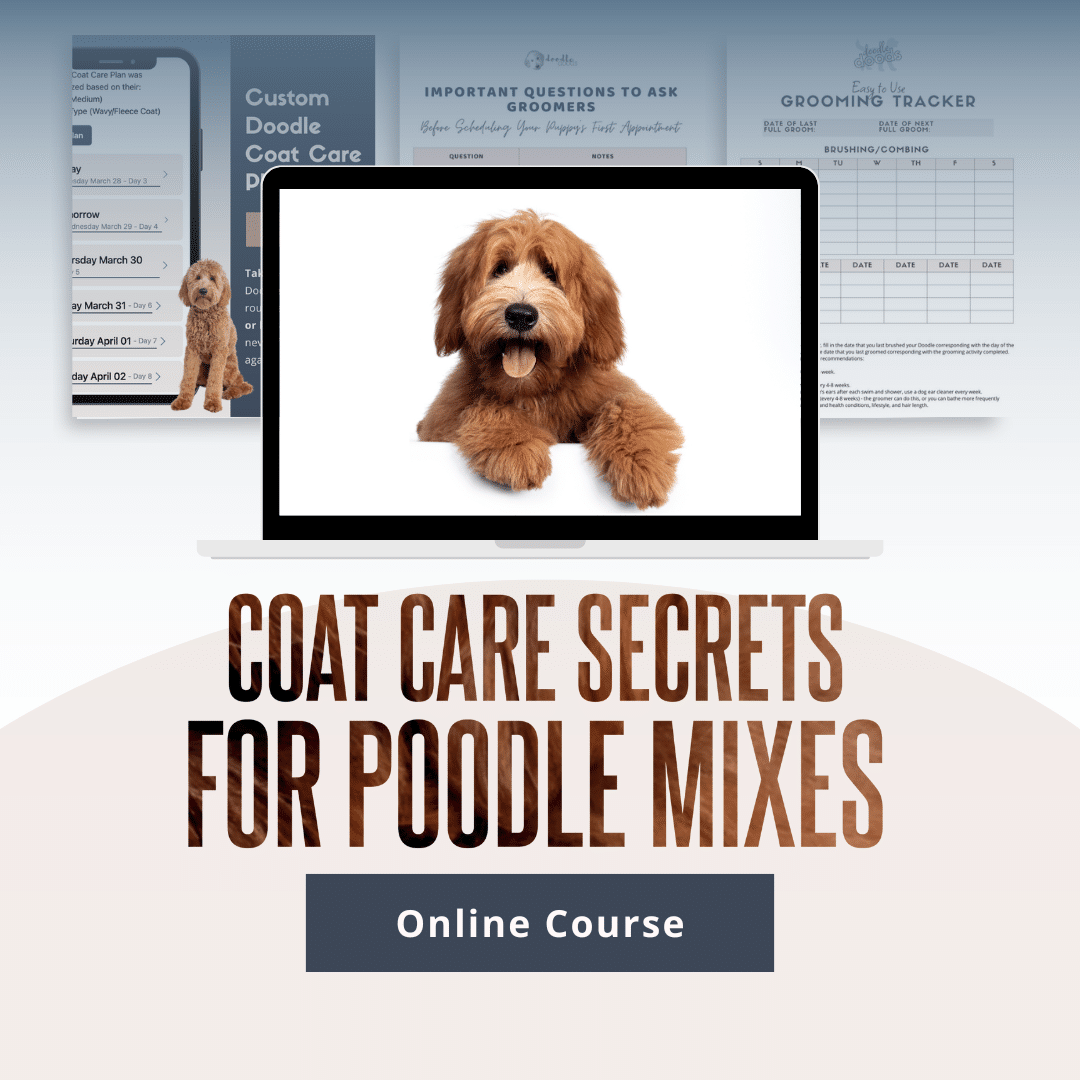
Discover the PROPER Doodle coat care routine that gets your pup to cooperate…helps you nip tangles in the bud…and gets groomers to do exactly what you want.
Plus, get $520 worth of Bonus Materials for FREE, including:- Doodle Parenthood Community and Support Group ($190 value)
- Custom Doodle Coat Care Plan Lifetime Access ($75 value)
- Easy to Use Doodle Grooming Tracker ($20 value)
- And MORE!


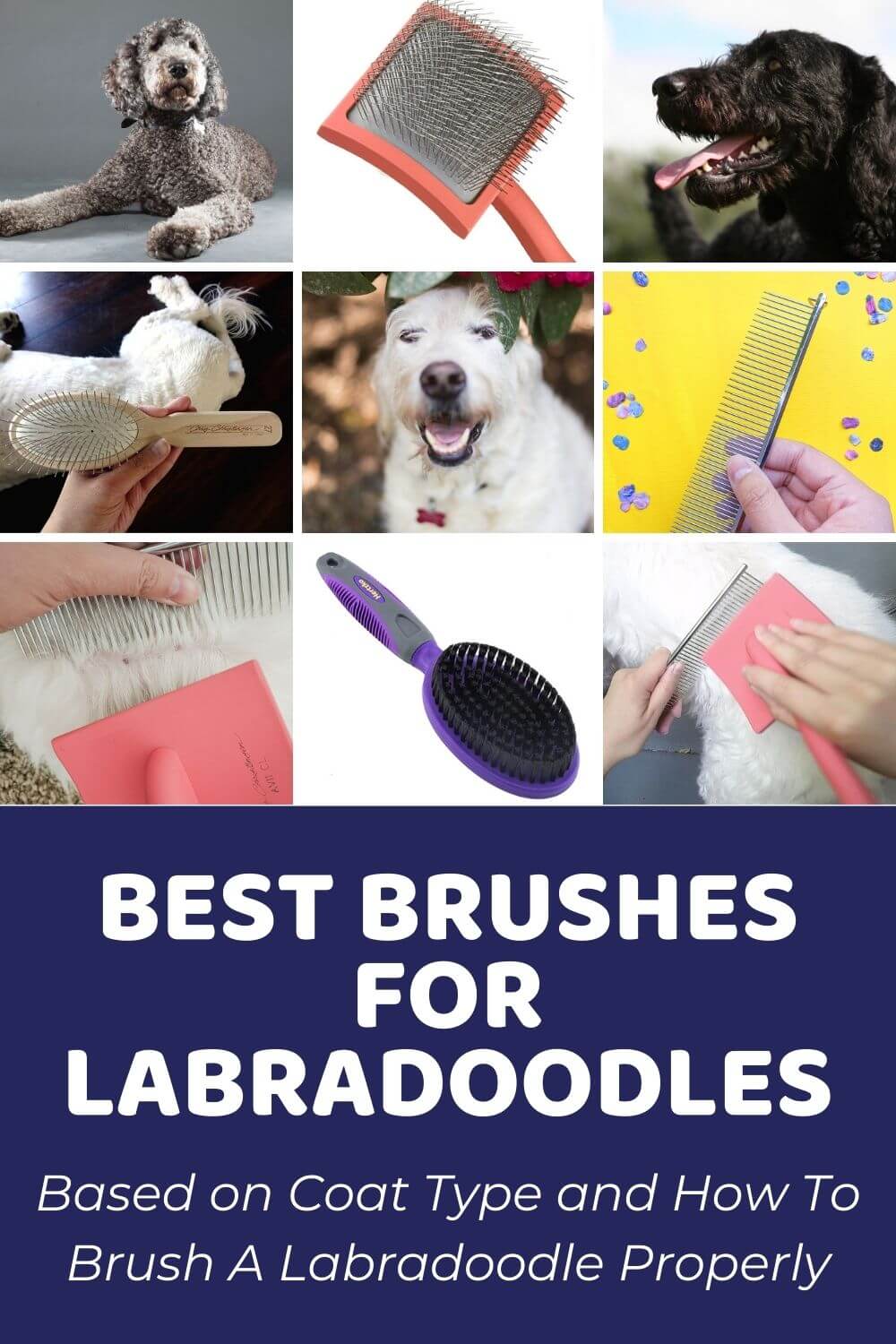
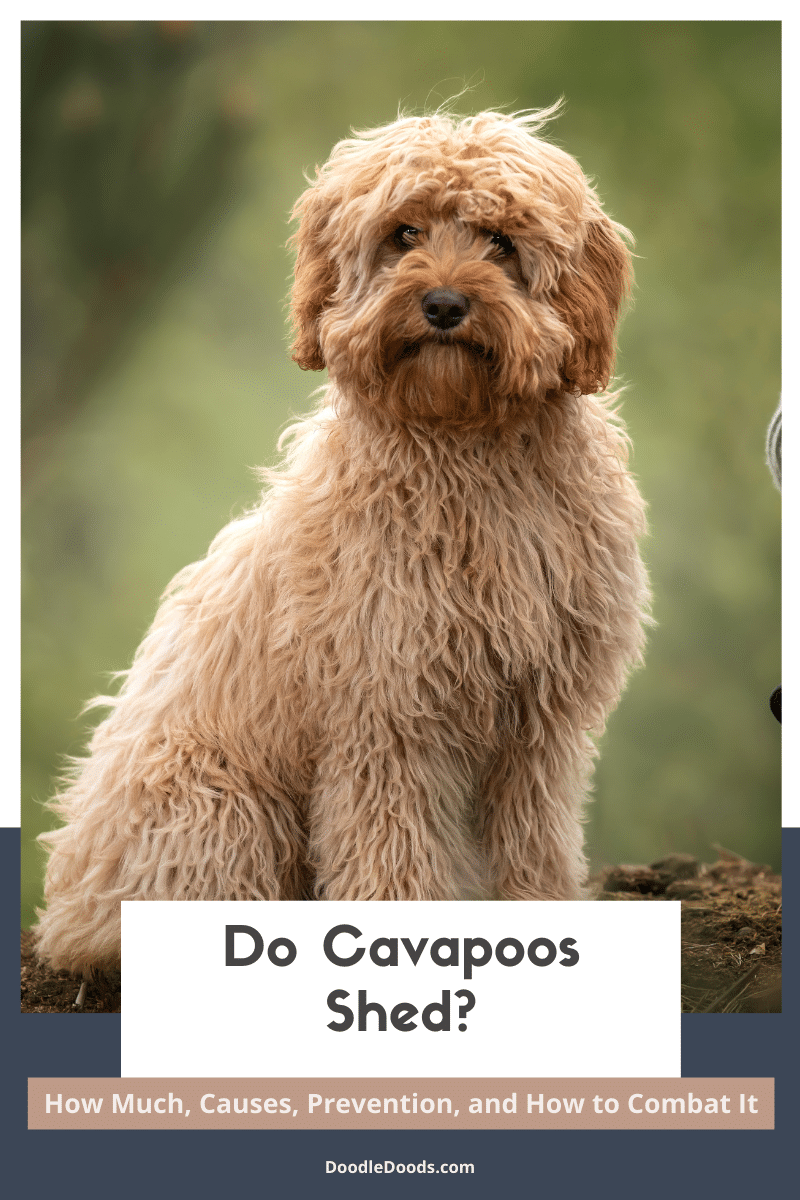
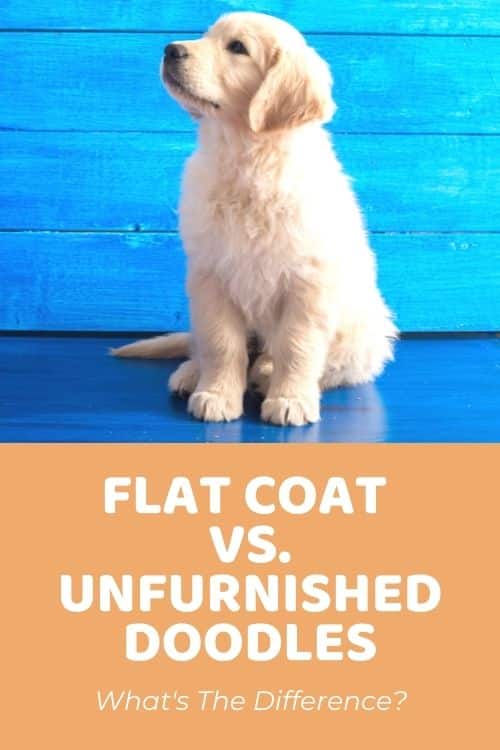
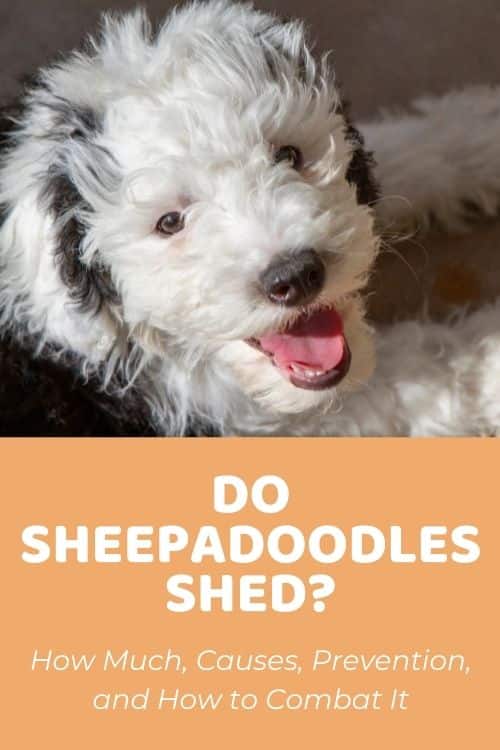
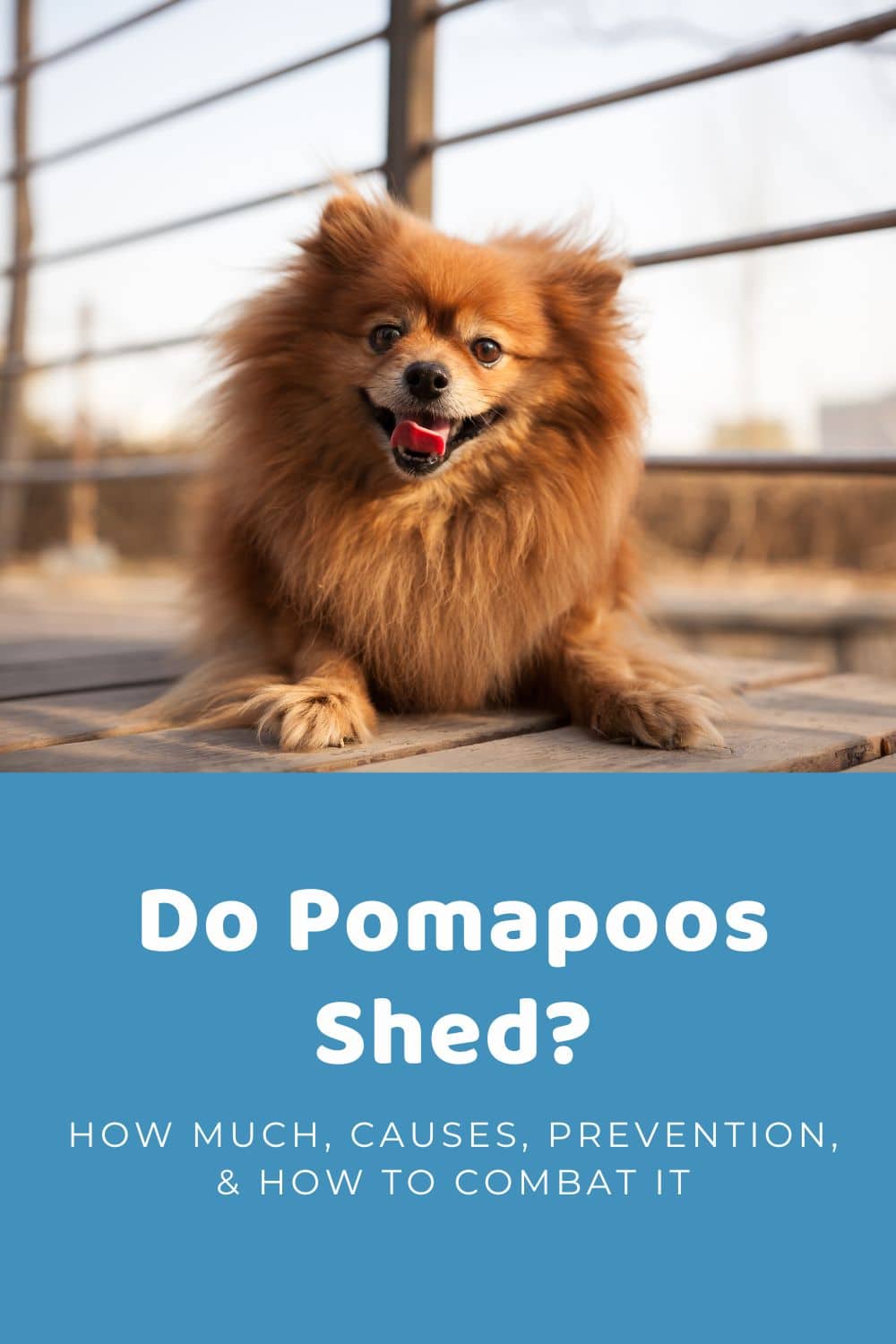
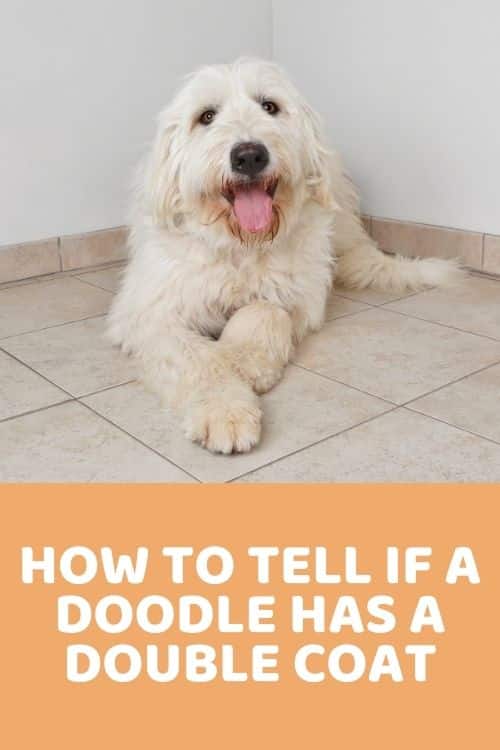
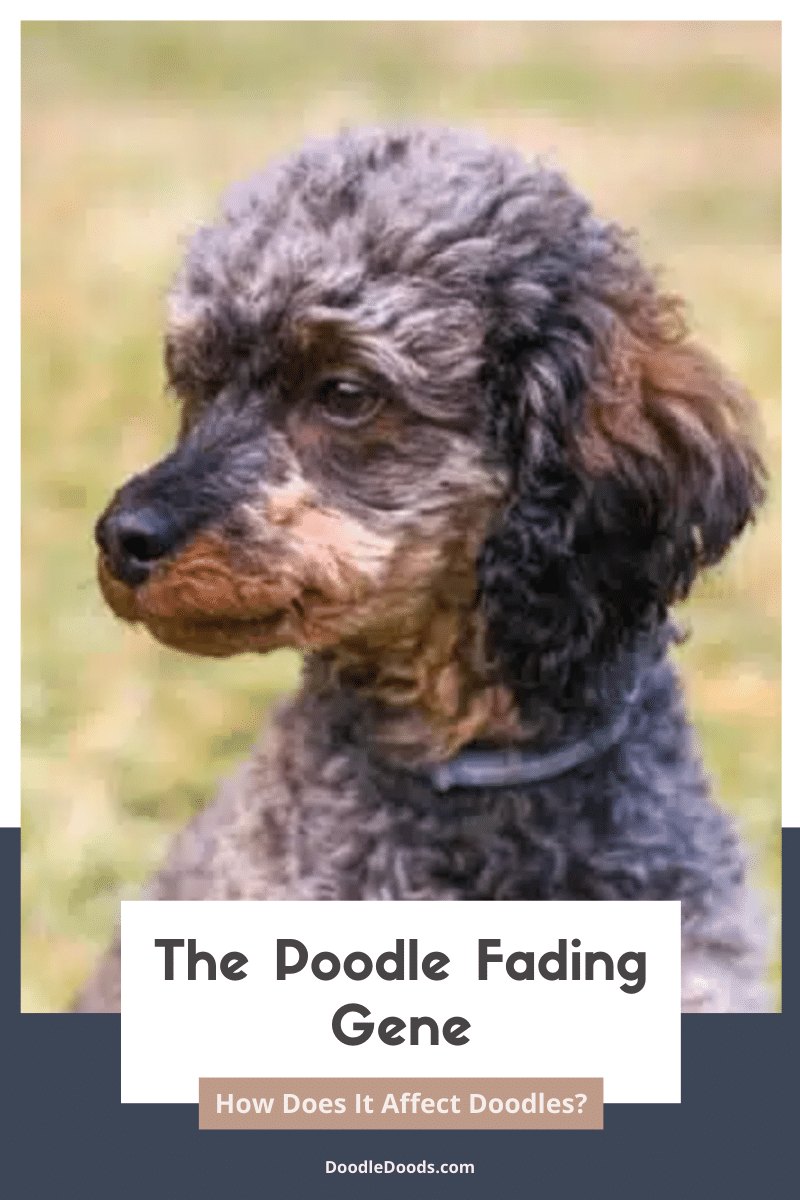
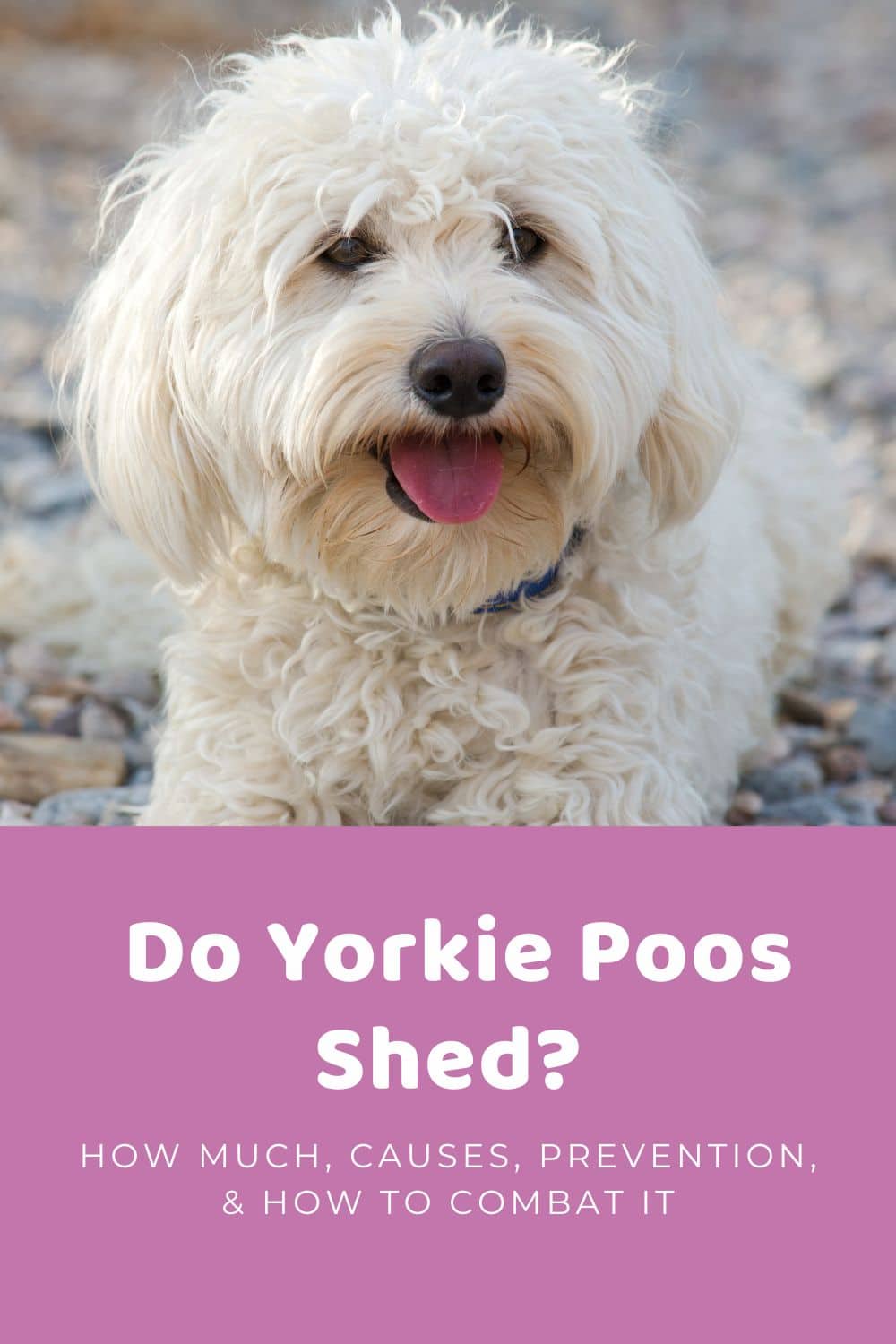
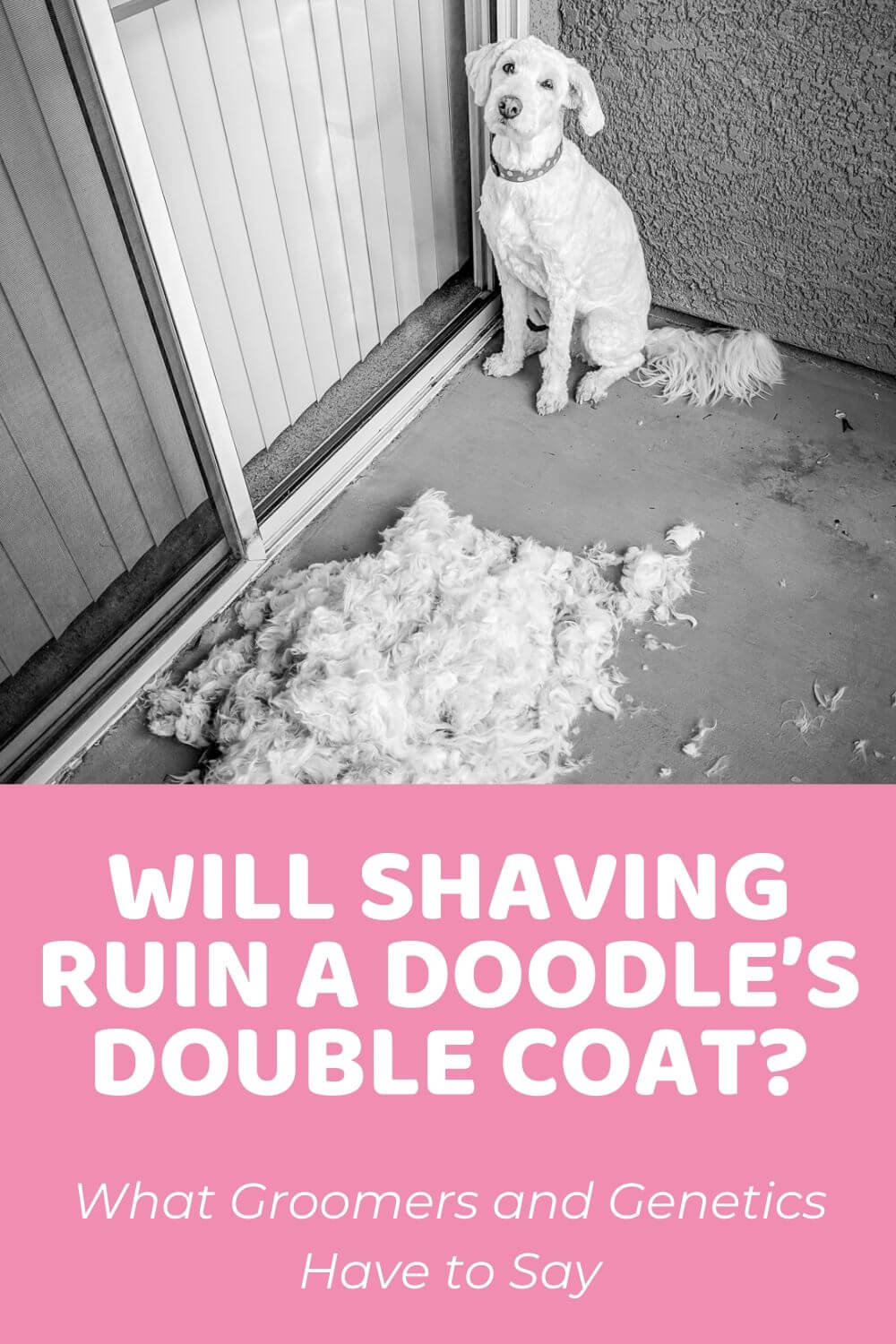
Thank you for the information! Very informative. Currently looking at an adorable F1 puppy right now. I was really concerned about shedding, but I think it’s love at first sight.
August 19, 2020 at 12:15 pm